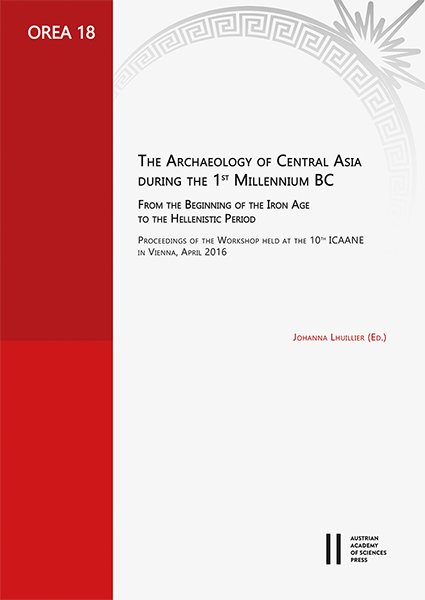
Archaeology of Central Asia during the 1st millennium BC, from the Beginning of the Iron age to the Hellenistic period, pp. 17-32, 2021/12/17
Proceedings from the Workshop held at 10th ICAANE
During the most recent excavation campaigns in Dehistan (Turkmenistan), the Spanish-Turkmen Missioncame to some remarkable conclusions about ancient Dehistan. The focus of the research was on the structure and compositionof large urban centres, the agricultural practices during this period, and the construction and appearance of amonumental terrace without contemporaneous parallels. For almost a thousand years, an independent culture developedin the wide lowlands, within an area measuring 160 × 60km. The excavators believe it was one of the core states ofCentral Asia before the expansion of Cyrus and Darius. The archaic Dehistan represents a historical and cultural phaseof particular interest, both in Central Asia and Iran.
Keywords: Archaic Dehistan culture, Iron Age, Geoktchik Depe, Izat Kuli, Iron Age, Turkmenistan